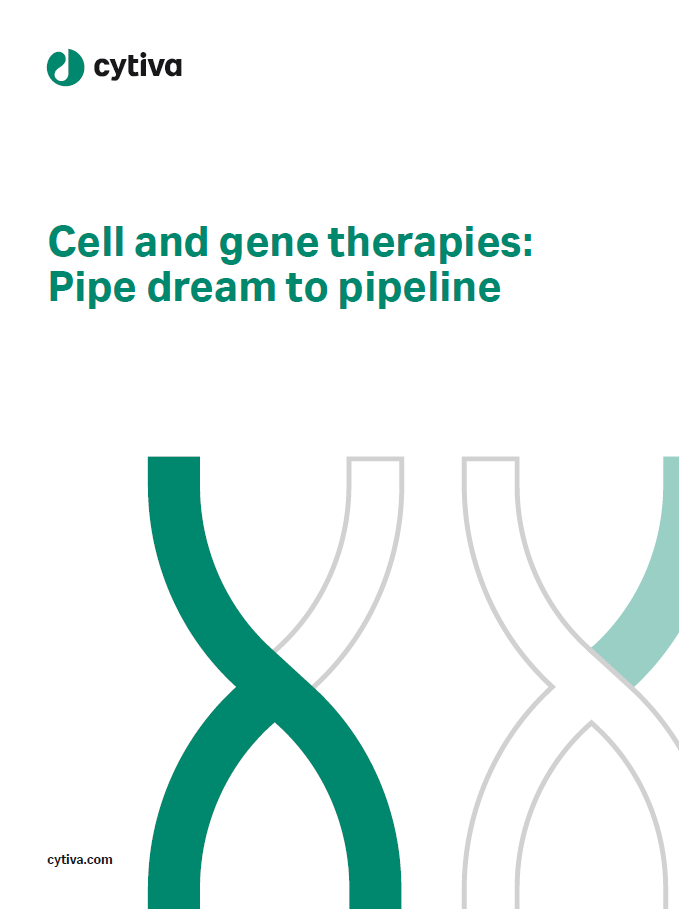
Patients with relapsed/refractory (R/R) B-cell non-Hodgkin’s lymphoma (B-NHL), including diffuse large B-cell lymphoma (DLBCL), have three chimeric antigen receptor T (CAR-T) therapy options available in the R/R setting. The US Food and Drug Administration (FDA) approved a label expansion for Gilead’s Yescarta (axicabtagene ciloleucel) this month, making it the only CAR-T therapy approved for use in the second line of therapy. Yescarta and its competitors, Novartis’ Kymriah (tisagenlecleucel) and Bristol-Myers Squibb’s (BMS) Breyanzi (lisocabtagene maraleucel), are all CD19 antigen-targeting autologous modified CAR-T cells. While sales for Kymriah and Yescarta have shown that the B-NHL space can support at least two competing CAR-T products, the fate of the latecomer Breyanzi is less certain, and further threatened by Yescarta’s recent move into the second line.
Yescarta’s FDA label expansion was based on results from the Phase III ZUMA-7 randomised trial, which enrolled 359 eligible patients who had received at least one prior line of therapy and were either primarily refractory or relapsed within 12 months. The control arm included best available standard-of-care chemotherapy regimens with or without stem cell transplant. At the time of data cut-off, the overall event-free survival was 8.3 months for Yescarta versus only two months for the control arm. The overall response rate was 83% with Yescarta versus 50% for the control. Typical side effects of CAR-T cells include cytokine release syndrome (CRS) and neurotoxicity. Yescarta led to 7% of patients experiencing Grade III or higher CRS and 25% of patients experiencing Grade III or higher neurologic events, which is substantial, but unlikely to hinder clinical uptake given similar rates of neurotoxicity among all current CAR-T products.
While high clinical uptake is expected in the third line and upwards for all agents, a move into the earlier lines of therapy can lead to very high revenues in B-NHL and rapidly change the competitive dynamics. By moving into the second line, Gilead has essentially doubled the number of patients eligible to receive Yescarta, and this can give it the upper hand in this disease. BMS has also submitted a supplemental biologics license application to the FDA for Breyanzi in the second line, with a response expected by June this year. Because of this, Yescarta might enjoy a competition-free environment in the second line for a few months, which may prove enough to inspire physician confidence and lead to higher uptake over Breyanzi.
Yescarta’s first-mover advantage has so far translated to higher sales than Kymriah. Specifically, the drug reported sales of $706m last year, compared with $587m for Kymriah (which, however, also includes sales in acute lymphocytic leukaemia) and $87m for Breyanzi. GlobalData’s analyst consensus forecasts place Yescarta at $1.5bn in peak sales, and with the current label expansion in the second line, this figure can be achieved within the next four years.
Editorial content is independently produced and follows the highest standards of journalistic integrity. Topic sponsors are not involved in the creation of editorial content.





